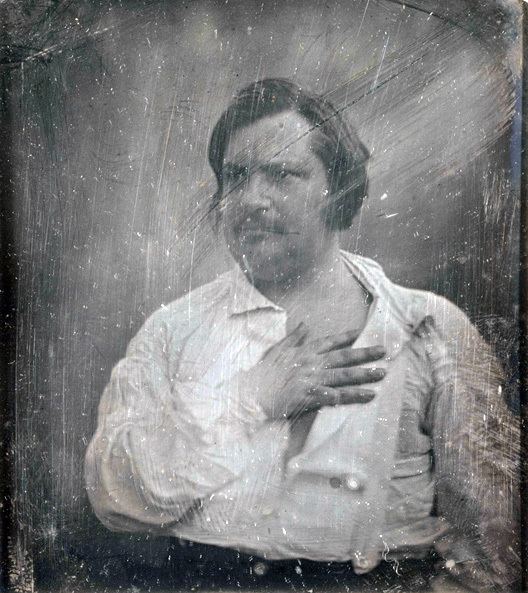 | ||
The novel of manners is a realistic story that concentrates the reader’s attention upon the customs and conversation, and the ways of thinking and valuing of the people of a social class. As such, the narrative structure of the novel of manners recreates a social world (civil, military, political, business) and shows the spheres of public and private life sufficiently to convey the dominance of social-code mores upon the personal and public lives of the people in the story. The detailed observation of the values and customs of a social-class society, thematically dominate the story. The characters are differentiated by measures of "success" and “failure”; by the degree to which he or she meets the standard of uniform social behaviour; and by the degree to which each character fails at uniformity in language, thought, and action.
Contents
The narrative province of the novel of manners is the satire of a society in which behaviour is codified, language reduced to impersonal formulas of communication, and the expression of feeling and emotion is muted in public and private life. In such a society, the observation of “manners” — codified gestures of communication — indicates the existence of a collective mind and soul to society, with which the protagonist must cope to reach the end of the story; both conditions merit the novelist's observation and perception.
The thematic range of a novel of manners varies with the writer's scope of observation, depth of reportage, and opinion of the people being satirised. In the novels of Jane Austen, about the quotidian, domestic affairs of the English gentry in the British countryside, such stories ignore the elemental, human passions (love and hate) and the greater matters (social, cultural, political) of the world beyond the county line. The novel of manners of wide scope in subject and theme was the province of Honoré de Balzac, who reported the complexity of industrial-age life in the 19th century, with realistic and descriptively detailed stories from private life, public life, and military life, as lived in the cities and towns of France.
Culturally, the novel of manners is a literary artefact, an objet d’art created as symbol of a psychologically secure society able to view themselves with the critical perspective of the novelist, whose realistic, narrative-work records, reports, and presents the world of the story for posterity. Given that in literature the great psychological profundities are eternal and manners are ephemeral, as an artist, the novelist captures the manners of the day, for the reader to know and understand the How? and the Why? of the world.
Background
Books and notes in this period instructing one how to behave in society are countless. In particular, Lord Chesterfield's letters to his son are a prime example to anyone concerned with propriety. He instructs his son to engage society in a pleasing manner which includes avoiding possibly offensive or controversial subjects, speaking in peaceful tones, and acquiring a poised posture, all in consideration of the company one is in. This obsession with proper social conduct spawned a wave of novels concerned with this sort of behaviour. In 1778, Frances Burney wrote Evelina, a novel whose innovative plot and treatment of contemporary manners made it a landmark in the development of the novel of manners. Social behaviour in public and private settings accounts for much of the plot of Evelina. This is mirrored in other novels that were more highly popularised in the beginning of the 19th century. Jane Austen's novels are perhaps the most recognisable works in the genre. Because of Austen's works, the novel of manners is mostly associated with the early 19th century.
Relation to Gothic fiction
The rise in the importance of social behaviour had not gone unnoticed by one Horace Walpole, the widely credited inventor of Gothic fiction. Walpole's knowledge of Chesterfield and the importance of manners perhaps influenced not only his work but carried over into other authors' novels dubbed "Gothic" as well. Walpole wrote what is generally accepted to be the first Gothic novel during Chesterfield's lifetime, The Castle of Otranto in 1764. It is theorised that the emergence of the novel of manners as a full genre was in retaliation to the rise in the popularity of the Gothic novel.
This near-simultaneous emergence of the novel of manners and the Gothic novel led to a crossover of characteristics between the genres. The main link between the novel of manners and the Gothic novel is the language of manners. In both cases, social and moral manners are dominating factors in the structure of the novel. In the Gothic novel, the starkest difference is the supernatural or the indication of supernatural events. However, many of the characters are often so far below the accepted level of social behaviour that it is considered horrific. Another feature that differs from the novel of manners is the outcome of the novel. In Gothic fiction, the outcome is not always the positive reinforcement of morals that the novel of manners offers. An example of this morally anti-climactic ending would be Charlotte Dacre's Zofloya.
Another theory for the emergence and growth of the novel of manners is that the changes taking place in English society were eroding the class boundaries. Changes in the social hierarchy were taking place due to leaps in technology and the novel of manners was a way to comment upon challenges to the traditional class order. The different classes represented in the novels served to represent how the different classes in society were supposed to behave in different settings. This includes public versus private, rural versus urban, and settings where there were men versus women. This contrast between the genders highlights the fact that there were many more women that were authors of novels of manners than there were men. This brought the focus of many of these novels to the social issues and conventions that plagued women of the time.
Notable works
Novels of manners in English include:
